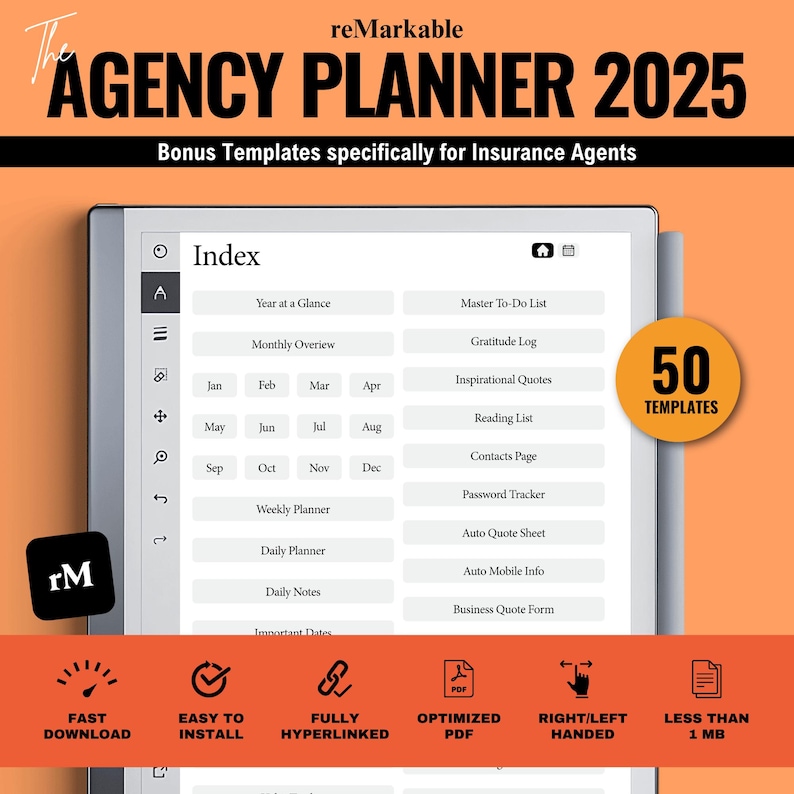In today’s data-driven world, understanding and managing risk is more critical than ever—especially in communities facing heightened vulnerabilities. High-risk ZIP codes often experience complex challenges that impact everything from public safety to economic development. Fortunately, advanced analytical tools like FirstStreet offer powerful solutions to unpack these risks with precision and depth. In this article, we’ll explore how FirstStreet’s comprehensive platform can be leveraged to analyze risk factors at the ZIP code level, enabling policymakers, businesses, and community leaders to make more informed decisions and foster resilient, safer neighborhoods.
Table of Contents
- Understanding the Capabilities of FirstStreet Tools in Risk Assessment
- Interpreting Data Metrics to Identify High-Risk ZIP Code Patterns
- Strategies for Mitigating Risks Based on FirstStreet Analytical Insights
- Best Practices for Integrating FirstStreet Tools into Risk Management Frameworks
- In Conclusion
Understanding the Capabilities of FirstStreet Tools in Risk Assessment
FirstStreet offers a robust suite of analytical tools designed to decode complex data sets related to risk variables within specific ZIP codes. These capabilities allow users to pinpoint areas with heightened vulnerability by integrating socioeconomic indicators, environmental factors, and real-time risk scores into an intuitive dashboard. With its predictive modeling algorithms, stakeholders can anticipate potential hazards before they escalate, ensuring preventive measures are established well in advance. The platform’s granular data segmentation enables detailed neighborhood-level insights, transcending broad generalizations to reveal pockets of risk that might otherwise go unnoticed.
Moreover, FirstStreet’s tools excel in facilitating dynamic scenario analysis, allowing risk managers to simulate the impact of various interventions or natural disasters and evaluate their outcomes. The ability to layer historical risk data, demographic trends, and property exposure on a single interface supports comprehensive risk profiling. Key features include:
- Customizable risk dashboards that adapt to specific user requirements
- Integration with GIS mapping systems for enhanced spatial visualization
- Automated alerts and reporting to maintain up-to-date risk awareness
- Advanced filtering options to focus on critical ZIP codes or demographics
Interpreting Data Metrics to Identify High-Risk ZIP Code Patterns
Unlocking actionable insights from complex datasets hinges on more than just raw numbers—it demands a keen eye for patterns that signal elevated risks across various regions. By leveraging FirstStreet’s advanced analytics, risk managers can dive deep into ZIP code-level data to detect anomalies such as sudden increases in claim frequencies, environmental hazards, or demographic shifts. Visualizations like heat maps and trend charts transform this data into intuitive formats, helping stakeholders quickly identify clusters where risk factors converge. This enables prioritization of resource allocation and strategic interventions precisely where they’re needed most.
Interpreting these metrics requires attention to multiple risk dimensions simultaneously, including socioeconomic indicators, historical loss records, and exposure to natural disasters. FirstStreet’s comprehensive datasets allow users to cross-reference these variables, uncovering hidden correlations that standard analyses might overlook. Key indicators to focus on include:
- Frequency and severity of past incidents in the ZIP code
- Large-scale demographic changes such as population influx or decline
- Environmental vulnerabilities, including flood plains or wildfire zones
Properly interpreting these combined data points helps stakeholders anticipate emerging threats and tailor mitigation strategies that reduce overall exposure to high-risk ZIP codes.
Strategies for Mitigating Risks Based on FirstStreet Analytical Insights
Understanding the layers of risk within high-risk ZIP codes requires a proactive approach grounded in data-driven decision making. FirstStreet’s analytical insights allow businesses and policymakers to identify specific vulnerabilities, from economic instability to environmental hazards, that threaten community resilience. By leveraging these insights, stakeholders can implement targeted strategies such as diversified investment portfolios, enhanced insurance coverage, and localized disaster preparedness programs. For example, identifying flood-prone areas within a ZIP code enables the deployment of infrastructure improvements and community awareness campaigns to minimize damage and ensure faster recovery.
Moreover, integrating FirstStreet’s predictive analytics with real-time data allows for dynamic risk assessment, empowering organizations to adapt their mitigation tactics as conditions evolve. Key tactics include:
- Risk Segmentation: Prioritizing resources to the most vulnerable neighborhoods based on demographic and exposure data.
- Collaborative Response Planning: Engaging local governments, nonprofits, and private sectors in coordinated risk reduction efforts.
- Investment in Resilience Technologies: Utilizing smart sensors and AI-driven monitoring to preemptively address emerging risks.
By applying these strategies guided by FirstStreet’s comprehensive data, stakeholders not only reduce potential losses but also foster long-term community stability and growth in the face of persistent challenges.
Best Practices for Integrating FirstStreet Tools into Risk Management Frameworks
To maximize the efficacy of FirstStreet tools within your risk management frameworks, it is essential to align their capabilities with your existing data infrastructure. Begin by integrating FirstStreet’s predictive analytics with your internal datasets to generate a comprehensive risk profile that considers both macro and micro-level factors. This hybrid approach enables firms to identify vulnerabilities specific to high-risk ZIP codes, such as environmental hazards or socioeconomic variables, that traditional methods might overlook. Regular calibration of these tools ensures the predictive models remain accurate and relevant as new data becomes available or when external conditions evolve.
Moreover, embedding FirstStreet’s insights into your decision-making workflows requires a multidisciplinary effort involving risk analysts, IT specialists, and compliance officers. Establishing clear protocols for data interpretation and action steps is crucial to translate complex risk indicators into tangible business strategies. Utilize dashboards and automated alerts to facilitate timely responses to emerging threats within targeted ZIP codes. Among best practices, consider:
- Custom configuration: Tailoring the tool’s parameters to reflect your organization’s unique risk tolerance and industry-specific concerns.
- Continuous training: Equipping staff with updated knowledge on tool functionalities and interpretation enhances adoption and mitigates human error.
- Collaborative review: Periodic cross-functional assessments to evaluate tool performance and integrate qualitative insights.
In Conclusion
In today’s rapidly shifting landscape, understanding and managing risk in high-risk ZIP codes is more critical than ever. FirstStreet’s comprehensive suite of tools offers a powerful solution, enabling analysts, policymakers, and businesses to gain deeper insights and make data-driven decisions with confidence. By leveraging these advanced resources, stakeholders can better identify vulnerabilities, allocate resources more effectively, and ultimately work toward building safer, more resilient communities. While no tool can eliminate risk entirely, FirstStreet equips you with the clarity and precision needed to navigate complexity—and that makes all the difference.






